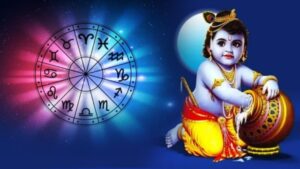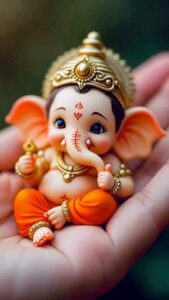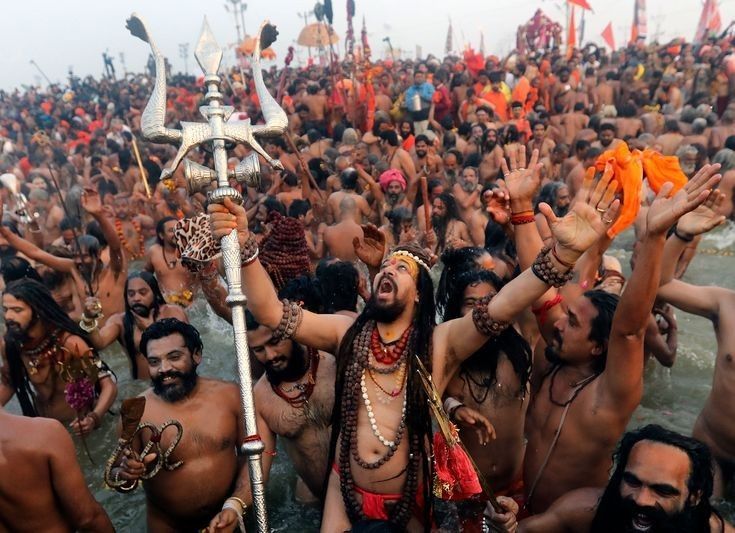
The Mahakumbh Mela, recognized as one of the largest religious congregations globally, holds immense spiritual importance for Hindus. It occurs every 12 years across four sacred sites in India—Prayagraj, Haridwar, Ujjain, and Nashik—drawing millions of devotees, ascetics, and tourists. The reasons behind its 12-year periodicity, as well as its deeper significance, invite exploration into the astrological, mythological, and cultural underpinnings of this event.
The Mythological Background
The Kumbh Mela’s origins are deeply entwined with Hindu mythology, particularly the narrative of the Samudra Manthan, or the churning of the cosmic ocean. According to this legend, the gods (Devas) and demons (Asuras) collaborated to churn the ocean to obtain Amrit, the nectar of immortality. Following the retrieval of the nectar, a fierce battle erupted over its possession.
During this celestial conflict, the divine bird Garuda intervened and flew away with the pot of nectar to thwart the demons. It is believed that drops of the nectar fell at four specific locations on Earth: Prayagraj, Haridwar, Ujjain, and Nashik. These sites attained sacred status, and the Kumbh Mela is celebrated at these places to commemorate this divine occurrence.
The Role of Astrology
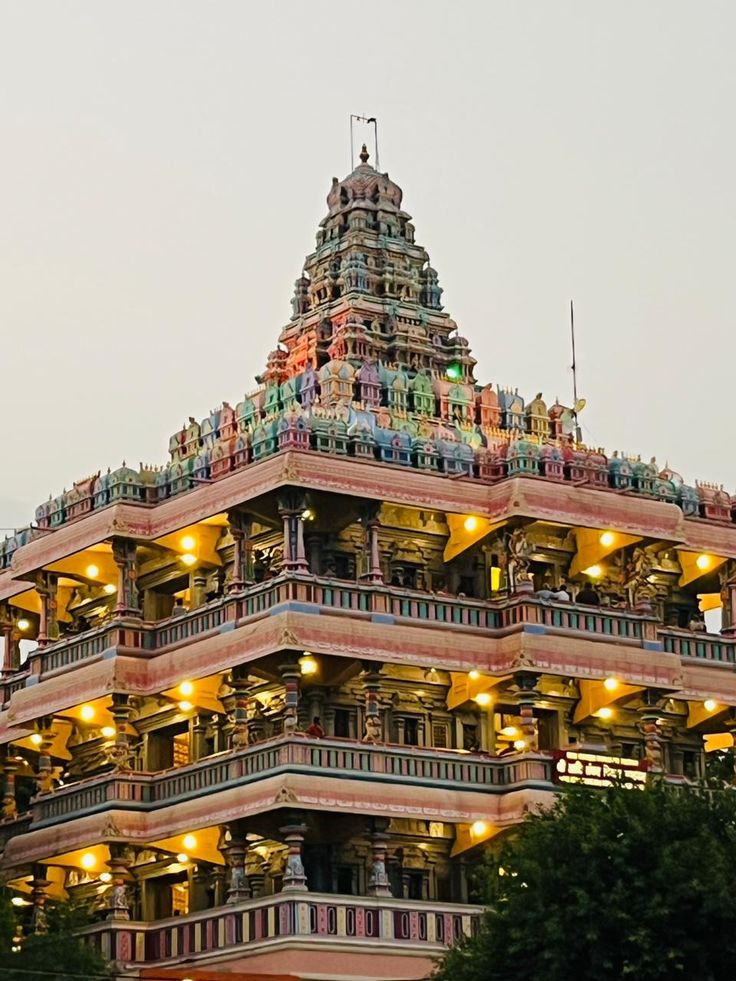
The scheduling of the Mahakumbh Mela is intricately linked to astrological alignments. The event occurs when Jupiter (Guru) completes a full cycle around the Sun, taking approximately 12 years. The arrangement of Jupiter in relation to the Sun, Moon, and other celestial bodies dictates the precise location of the Kumbh Mela.
Each of the four locations corresponds to distinct planetary alignments:
- Prayagraj: Celebrated when Jupiter occupies Aries or Taurus and the Sun and Moon are positioned in Capricorn during the Hindu month of Magha (January-February).
- Haridwar: Occurs when Jupiter is in Aquarius and the Sun is in Aries.
- Ujjain: Observed when Jupiter is in Leo and the Sun is in Sagittarius.
- Nashik: Happens when Jupiter is in Leo and the Sun and Moon align with Cancer.
These cosmic configurations are deemed highly auspicious and are believed to enhance the spiritual benefits for participants of the Kumbh Mela.
The Spiritual Significance
The Mahakumbh Mela transcends being merely a festival; it embodies a spiritual pilgrimage focused on purification and renewal. Hindus believe that bathing in the sacred rivers during this period cleanses the soul of sins and facilitates the attainment of moksha (liberation from the cycle of birth and death).
The festival also serves as a gathering point for saints, sadhus, and spiritual seekers, offering devotees an opportunity to obtain wisdom and guidance. The sharing of spiritual insights and practices during the Kumbh Mela fosters a collective spirit of devotion and community.
The Cultural and Social Impact
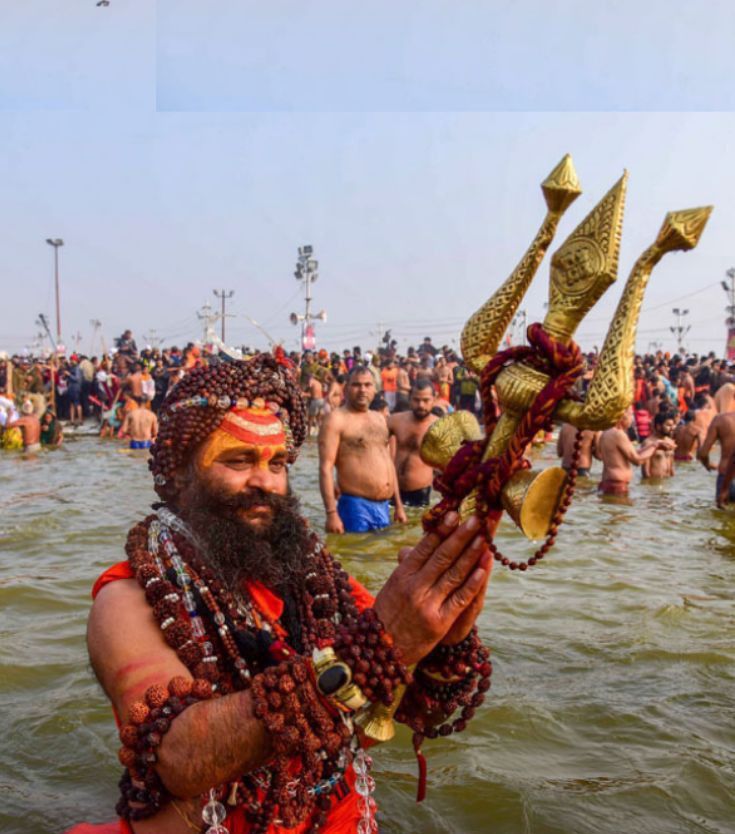
The Mahakumbh Mela extends beyond a religious occasion; it celebrates India’s rich cultural heritage. Attracting millions of attendees, including international visitors, it provides a platform to showcase traditional art, music, and rituals.
Furthermore, the festival exemplifies India’s remarkable organizational capabilities. From establishing temporary cities with accommodations, food, healthcare, and sanitation facilities to ensuring the safety and seamless movement of millions, the Mahakumbh Mela represents a logistical triumph.
“At apnasanatan.com, we have partnered with specialists having rich experience in astrology. All knowledge on our platform has been verified and fact checked.
Visit www.apnasantan.com or download on mobile to stay connected to the Sanatani way.


